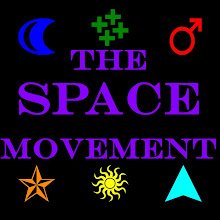On 8 October, the rock crashed into the atmosphere above South Sulawesi, Indonesia. The blast was heard by monitoring stations 10,000 miles away, according to a report by scientists at the University of Western Ontario.
Scientists are concerned that it was not spotted by any telescopes, and that had it been larger it could have caused a disaster.
The asteroid, estimated to have been around 10 metres (30ft) across, hit the atmosphere at an estimated 45,000mph. The sudden deceleration caused it to heat up rapidly and explode with the force of 50,000 tons of TNT.
Here is a video of it from YouTube
The government is now deciding how much to invest in Near Earth Object(NEO) surveys. The argument against investing heavily in NEO surveys is the statistical chance of being injured or killed by a NEO is very low. This argument overlooks the stress which is induced by different types of risk. Equal levels of risk cause significantly different levels of stress. Risk which is known and the individual has control over causes the least stress. Either lack of knowledge or control significantly rise stress levels. Risks that are unknown and out of control causes the highest levels of stress. The risk of Asteroids and other NEO's is neither known nor controlled, so it induces a high level of stress on the population. This shown through in popular culture with numerous disaster movies featuring large rocks in space colliding with the Earth. I think the stress of the unknown and uncontrollable risk NEO's pose, that a higher level of funding is in order. Beyond the funding level pure statistic alone would dictate.




No comments:
Post a Comment